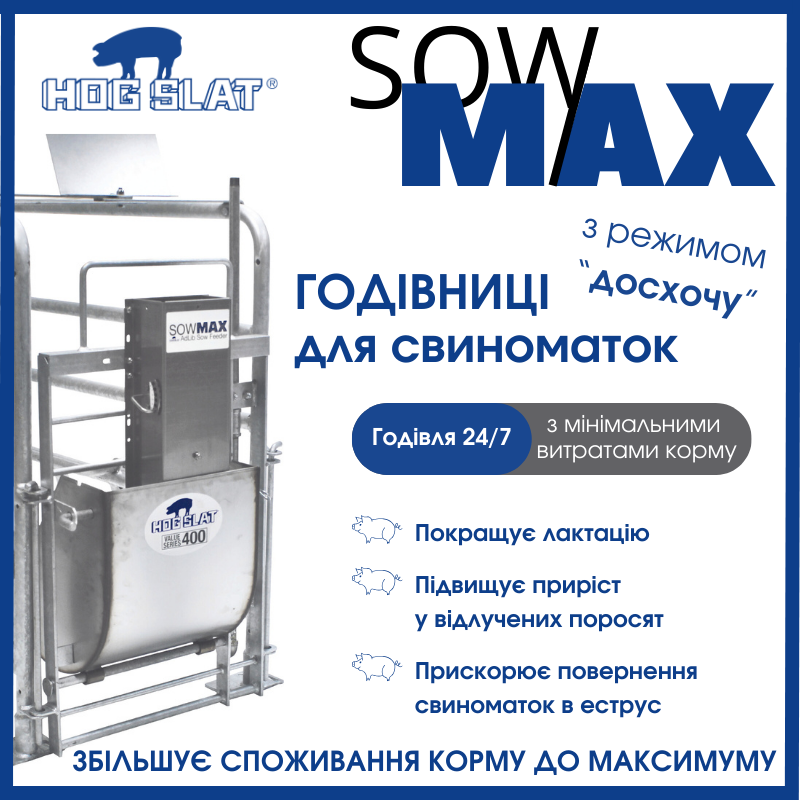-
U.S. and China reach trade deal: Beijing suspends tariffs on agricultural products
The White House has released details of a new trade agreement between the United States and China, reached last week between President Donald Trump and Chinese President Xi Jinping. One of the key outcomes is China’s decision to suspend all retaliatory tariffs on U.S. agricultural goods imposed since March 2025.
-
France and Japan sign regionalization agreement on African swine fever
On October 29, 2025, France and Japan officially concluded a regionalization agreement concerning the control of African swine fever (ASF). The document, which takes effect immediately, is the result of seven years of negotiations between the veterinary and sanitary authorities of both countries.
-
United Kingdom: slight increase in antibiotic use in the pig sector
In 2024, the UK pig industry recorded a slight increase in antibiotic use, according to data from the Agriculture and Horticulture Development Board (AHDB), based on figures from the electronic Medicine Book (eMB) system.
-
South Korea reopens market for German pork
As of October 23, 2025, South Korea has officially lifted its import restrictions on pork and pork products from Germany. According to the German Federal Ministry of Food, Agriculture and Consumer Protection (BMLEH), the decision came after the Korean Ministry of Agriculture, Fisheries and Rural Affairs (MAFRA) repealed the ban that had been imposed in January following a case of foot-and-mouth disease (FMD) in Brandenburg.
-
AHDB: UK pork production declines, but year-end outlook remains positive
Between July and September 2025, UK pork production fell by 2.4% year-on-year, totaling 237,000 tonnes, which is also 1% lower than in the previous quarter. These figures were well below the Agriculture and Horticulture Development Board (AHDB)’s initial forecast, which projected 1.4% growth.
-
Smithfield Foods reports sharp increase in profit and revenue amid rising pork prices
Smithfield Foods, the largest U.S. pork producer and a subsidiary of WH Group (Hong Kong), announced significant growth in both revenue and profit for the third quarter of 2025. According to Reuters, the company raised its annual profit forecast, driving its stock price up by 6%.
-
Poland’s pig industry begins to recover after years of crisis
Poland’s pig industry, which has faced severe losses over the past decade due to African swine fever (ASF) and market volatility, is finally showing signs of stabilization. Experts predict that the national pig population could even begin to grow again in the coming years.
-
China schedules hearing on anti-dumping probe into EU pork for October 31
The Ministry of Commerce of China has announced that an official hearing will be held on October 31 as part of the country’s anti-dumping investigation into pork imports from the European Union (EU), Reuters reported, citing the ministry’s statement.
-
Spain encourages the phase-out of tail docking: new stocking density standards for pig farms
Spain has adopted Royal Decree No. 809/2025 of September 16, which amends the existing Royal Decree 1135/2002 on the protection of pigs. The new regulation introduces a classification system for pig farms based on tail docking practices and the level of animal welfare achieved, as well as differentiated stocking density standards.
-
Animal welfare in focus: inspector training underway
Starting January 1, 2026, Ukraine will implement new animal welfare regulations approved by Order No. 224 “On the Approval of Requirements for the Welfare of Farm Animals during Keeping.” Oversight of compliance will be carried out by the State Service of Ukraine on Food Safety and Consumer Protection (SSUFSCP), which is already conducting large-scale inspector training.
-
U.S. imposes import restrictions on pork products from Taiwan due to African Swine Fever
The U.S. Department of Agriculture (USDA), through its Animal and Plant Health Inspection Service (APHIS), has announced new import restrictions on pigs, pork products, and related by-products from Taiwan following the recent outbreak of African swine fever (ASF).
The decision took effect on October 21, 2025, according to an official APHIS press release issued on October 27. -
Denmark to compensate producers for raising pigs with intact tails
Denmark has launched a new support program for pig producers who choose not to dock pigs’ tails. Under the scheme, farmers will receive 50 Danish kroner (≈ USD 7.1) in compensation for each pig raised with an intact tail.
-
Rabobank: global sow herd to decline in 2026
Analysts at Rabobank predict that the global sow population will decrease in 2026, while pork trade will remain dynamic and overall herd health is expected to improve. The findings were published in the bank’s quarterly global pork market report.
-
Germany builds 60-kilometer ASF protection fence on border with North Rhine-Westphalia
The German state of Hesse has begun constructing a large-scale protective barrier to prevent the spread of African swine fever (ASF) from neighboring North Rhine-Westphalia (NRW). The initiative was announced by the Hessian Ministry of Agriculture and the Environment (HMLU).
-
U.S. opens new markets for pork and biofuel in the Asia-Pacific region
U.S. President Donald Trump has signed new trade agreements with Malaysia and Cambodia, opening major opportunities for American pork and biofuel producers. The initiative is the result of ongoing engagement between the National Pork Producers Council (NPPC) and the Trump administration.
-
African Swine Fever Outbreak Contained in Taiwan: Additional Quarantine Measures Introduced
The Taiwanese Ministry of Agriculture announced that the African swine fever (ASF) outbreak detected in Taichung has been successfully contained. According to Deputy Minister of Agriculture Tu Wen-jane, the first stage of the epidemiological investigation confirmed that the virus had not spread beyond the farm located in Wuqi District, where the case was first identified.
-
Macron: EU–Mercosur talks are moving in the right direction
French President Emmanuel Macron stated that negotiations on the trade agreement between the European Union and the South American bloc Mercosur (which includes Brazil, Argentina, Paraguay, and Uruguay) are progressing in the right direction. At the same time, France remains cautious, insisting on stronger guarantees for European farmers and stricter quality control of food products entering the EU market.


